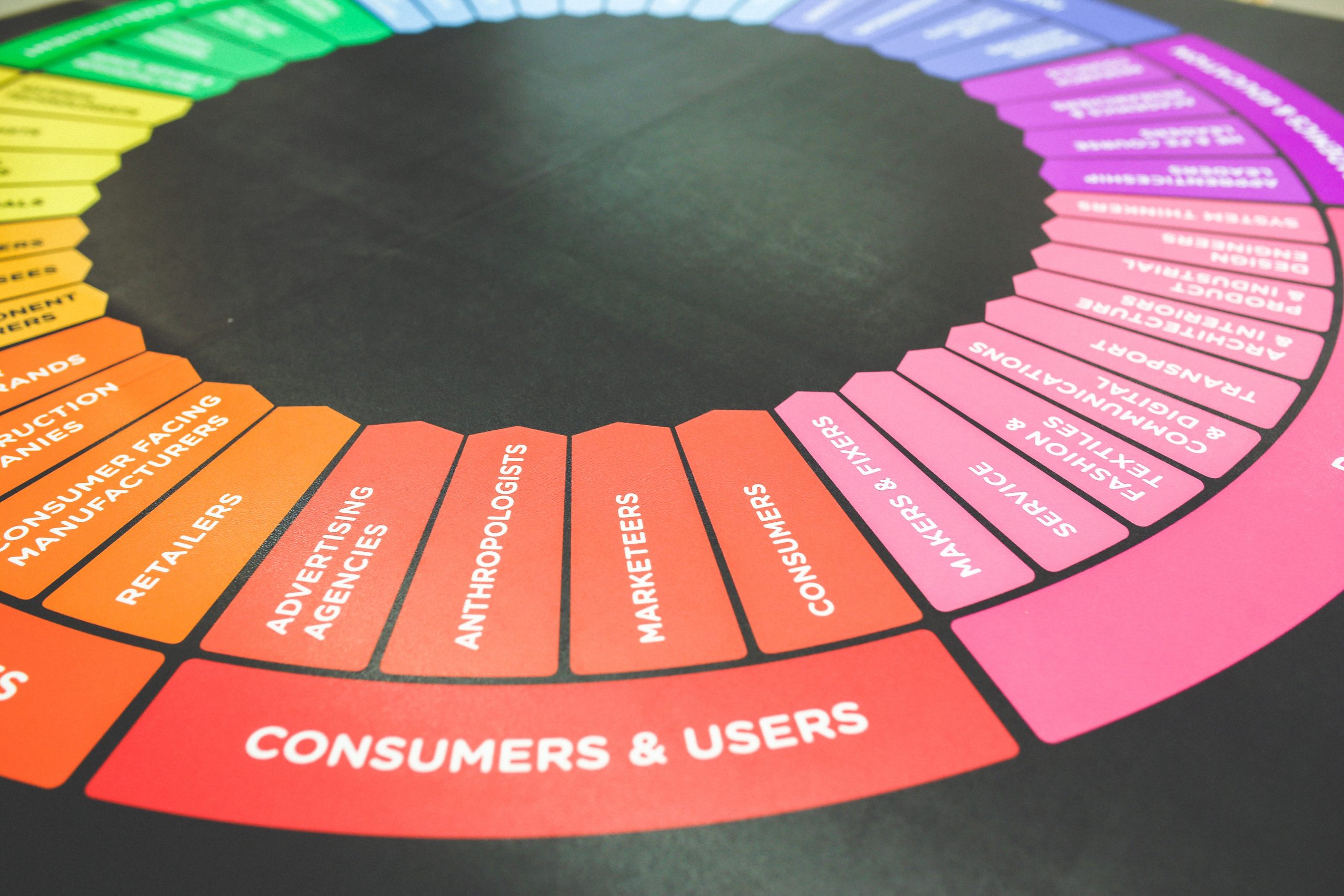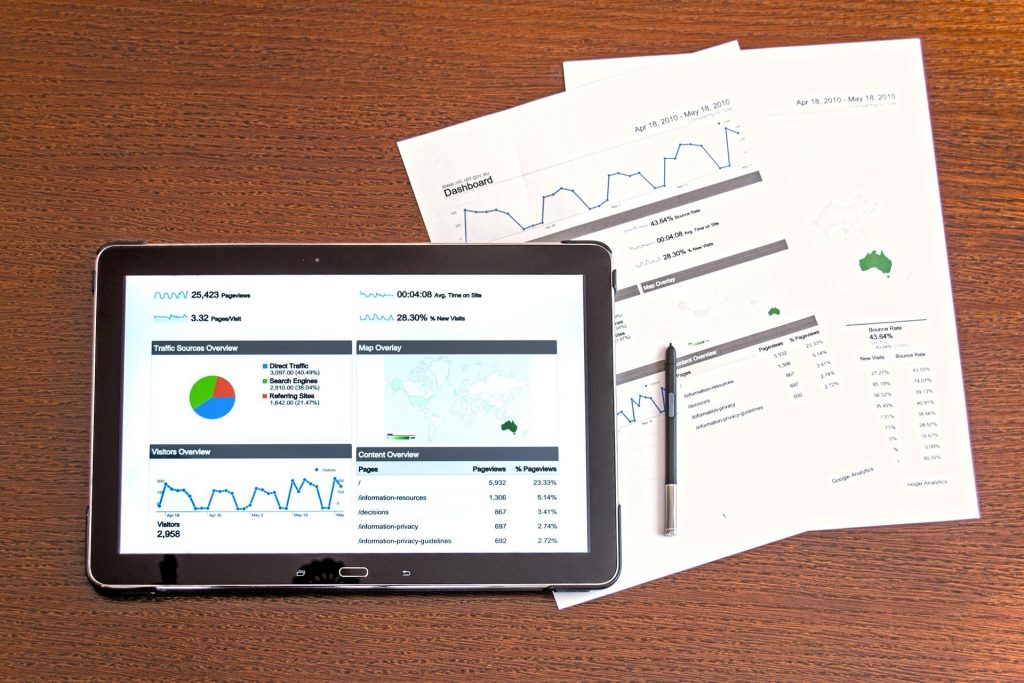Content analytics is important to establish before you start your content marketing strategy so that your business gets a return on investment. With an adequate program, key metrics in place, and a content scoring process, you can optimize and scale up your content.
You’ve decided to implement a content marketing strategy in your business, and it seems to be going great, but how do you know if you are getting a return on investment (ROI)? Content analytics can help achieve financial goals for your company and reinforce the decision to use content in your strategy.
The importance of content analytics
Content analytics allows you to look at your content marketing program both as a whole strategy and individually to determine what areas are most beneficial and what areas still need work. For example, if you are seeing great engagement from your social media data, you know your audience is responding well to your efforts there. Similarly, if you notice that one of your blog topics isn’t gaining much traction, you know to move away from those ideas and reconfigure your content schedule to offer information your audience most desires.
No matter what kind of content you are publishing though, you need a set of key metrics in place to measure performance. This helps with content efficiency and trends in the marketplace. These KPIs (key performance indicators) allow you to quantify your content marketing program to more easily determine the overall effectiveness of your efforts.
This kind of data can also help you when presenting to the CFO on how content is providing a strong ROI, brand awareness, and recognition as a thought leader.

Install a web analytics program
To manage your KPIs and progress, you should install a content analytics program. Then you can track key metrics like:
- User behavior.
- Engagement with content.
- Leads.
Programs like Google Analytics, Tempesta Media’s content analytics module, and many others enable simple data analysis. With a way to measure organic search data, you can find that your company is, for example, ranking higher in Google for specific keyword phrases.
Knowing data like this can support content efforts, improve your SEO, and gain more visitors to your site. After all, by capitalizing on topics that you know your audience favors, you open the door to exploring subtopics too, steadily showing your readers that you have answers to their most industry-specific inquiries. In the end, that type of expertise and reliability will encourage more people to pursue a partnership with you.
Focus on user behavior analytics
To meet your financial objectives, one of the most important factors when measuring content performance is user behavior. More specifically, you should measure total views and visits to determine how to optimize your content.
From these metrics, you can determine:
- If blog traffic is trending up or down.
- User engagement with multiple pieces of content.
- The average views by a user per post.
With this data, you can learn more about your target audience’s persona, allowing you to form your strategy to better fit that mold.
Measure content engagement
Content engagement helps you determine whether visitors are taking the next step in the buyer’s journey. KPIs that track conversions can give you insight into the specific steps, such as filling out forms or contacting sales. You may see where leads suddenly disappear, telling you where to improve sales funnel content.

Sales funnel content
To maximize content engagement, you’ll want to tailor content to each stage of the buyer’s journey. For example, top-of-the-funnel content helps to establish a basis to engage the user, and it includes blog posts and new commentaries.
Great content for the middle of the funnel includes case studies, e-guides, and press releases because you want to focus on educating the user more. In the last stage, the bottom of the funnel, it’s important to encourage readers to seal the deal, and content like webinars and user guides will offer that last big push to convince readers that you are the solution for them.
Bounce rate
Besides conversions, another important content analytics metric to measure is bounce rate. If the bounce rate is high, that means users are not engaged, and they aren’t finding answers in your content. A low bounce rate shows that your content has captivated your users’ attention and is solving their problems.
By optimizing content for the right funnel stage and determining how engaged your leads are, you can decrease your bounce rate and more easily meet your financial objectives. After all, with an established, verified process, you can rely on content to bring in new leads consistently (as long as you manage the process and ensure the information is always relevant and timely).
Convert leads to sales
Leads are the ultimate way to measure your performance because it means that your content is working, so much so that you’re sending the customer through the buyer’s journey to the decision stage.
Implementing a content scoring process allows your company to see how useful a singular piece of content is at converting leads to sales. In other words, it shows how much money each article brings in for your company. Some ways to filter content scores are by:
- Author.
- Category.
- Content type versus campaign type.
- Conversions.
- Revenue generated.
Content analytics recap
When implementing a content marketing strategy, it is imperative to understand how you will analyze its performance.
You need a reliable program to track and record your data, key metrics like user behavior and engagement, and a content scoring process to thoroughly analyze your pieces. Armed with these tools and this knowledge, you can optimize your efforts and easily determine how to adapt to your audience’s needs to achieve more sales and a consistent ROI.
Need help getting started?
If you need help establishing your content marketing strategy and setting up proper content analytics, Tempesta Media can help. Our content analytics integration, paired with our advanced technology solutions and comprehensive content creation process, allows you to manage every aspect of your program from one streamlined platform. Contact us today to learn more about how we can help you achieve cost savings.
And don’t forget to download our e-book, 100 Mistakes Businesses Make When Starting, Optimizing, and Scaling Content Marketing Programs, to discover other ways to improve your strategy and set yourself up for success.










